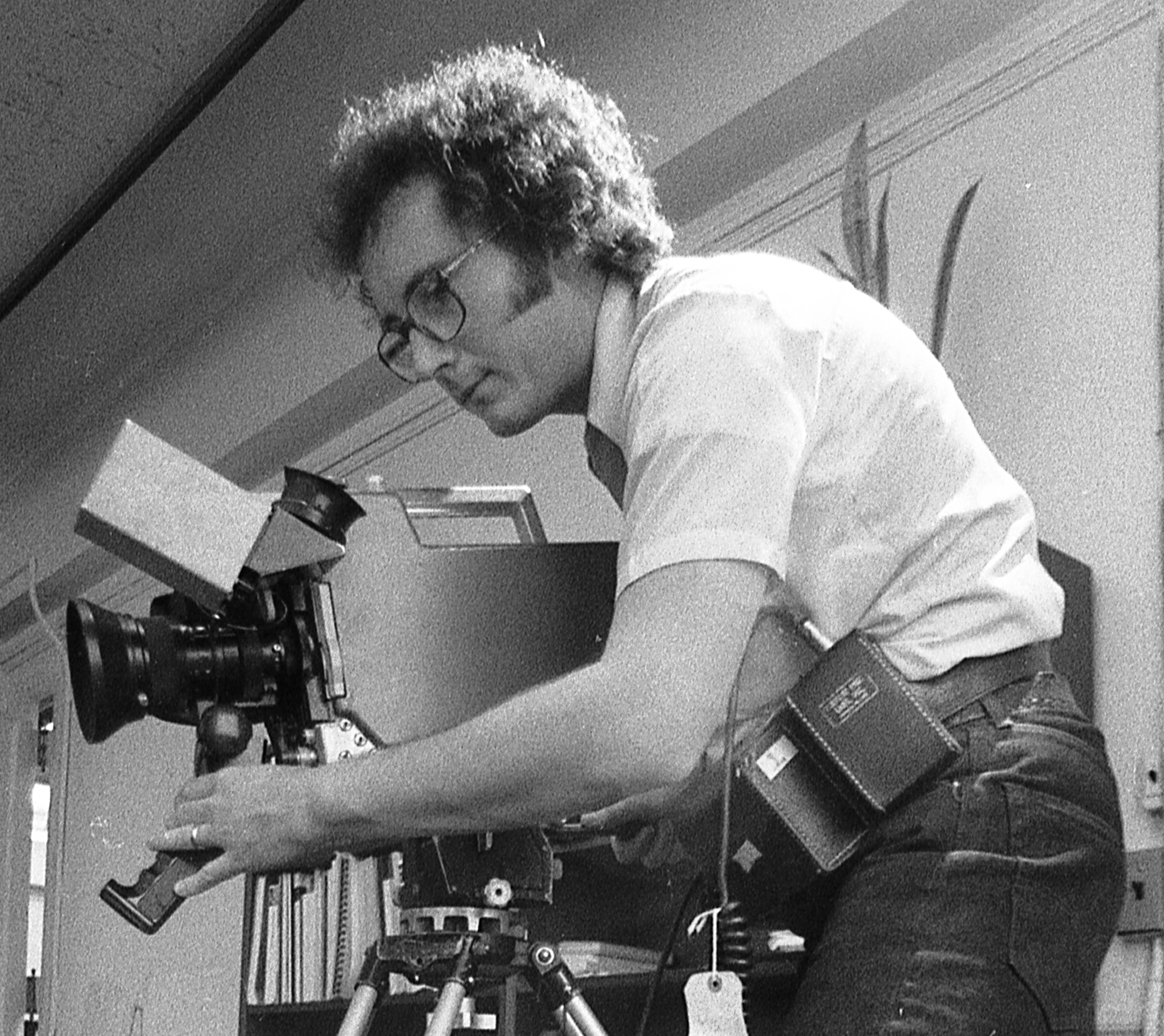FCC Eliminates Spectrum Sensing for White Space Devices

WASHINGTON: The FCC today axed a requirement that white space devices detect spectrum in use by TV stations, while reserving two channels exclusively for wireless mics. The commission voted unanimously to adopt the final rules governing the use of unlicensed devices in the broadcast TV spectrum.
Today’s action answered numerous petitions and requests to modify the original rules issued two years ago, which included the spectrum-sensing requirement. The idea was for unlicensed white space devices to automatically detect occupied spectrum and move to unoccupied airwaves. The elimination of the sensing requirement is a defeat for broadcast lobbyists, who fought tooth and nail to retain it, along with another requiring unlicensed devices to access a database to find open airwaves.
“As with most highly technical decisions, ‘the devil is in the details,’ and those details must be explored fully,” said David Donovan in a statement. Donovan is head of the Association for Maximum Service Television. Dennis Wharton of the National Association of Broadcasters said the organization “looked forward to reviewing the ruling.”
The wireless mic contingent fared better. Their number included lawmakers whose constituents include Broadway producers, Nashville musicians and Las Vegas performers.
The order reserves two vacant UHF channels for wireless mics and other low-power auxiliary service devices. It also “maintains a reasonable separation distance between TV white space device and wireless microphone usage permitted to be registered in the database.” The order requires that wireless mic users who want to register in the database certify they’ll use all available channels from 7 to 51 before requesting registration. Those requests will be made public and therefore subject to comment.
“It’s clear that the FCC carefully considered the needs of wireless microphone users while crafting this order,” said Sandy LaMantia, president and CEO of wireless mic maker Shure. “The reserved channels will provide a safe harbor in which musicians, small theaters, houses of worship, and businesses can operate their wireless microphone systems without interference from new TV band devices.”
The FCC is dealing with the database in a separate proceeding. It tentatively will be a dynamically updated record of which TV channels are occupied by whom in each of the nation’s 210 broadcast markets. The proceeding seeks to hash out an administrative structure for the database, be it a single entity or several. No notification of a pending order has been issued.
-- Deborah D. McAdams
See...
September 16, 2010: “Carlin Could Curse in TV White Spaces”
George Carlin was before his time when it came to using foul language on the air. The late comedian would be able to let fly on unlicensed devices in TV white spaces.
September 8, 2010: “FCC to Issue Second White Spaces Order”
The order will finalize provisions for unlicensed wireless devices operating in unoccupied swaths of TV spectrum,aka white spaces.
August 18, 2010“Broadcasters Urge FCC to Retain White Space Spectrum-sensing Requirement”
The two major broadcast lobbies in D.C. are urging regulators to maintain a requirement that unlicensed devices employ spectrum-sensing technology.
April 22, 2010“Wireless Group Asks FCC to Relax White Space Rules”
The Wireless Internet Service Providers Association met with the FCC Office of Engineering and Technology to discuss changes to TV white space rules that would help wireless ISPs provide better service.
January 4, 2010: “White Space Database Manager Proposals Due”
The commission first put out a call for a database manager in late November. The database is intended to prevent interference between emerging unlicensed devices and TV stations.
The professional video industry's #1 source for news, trends and product and tech information. Sign up below.
